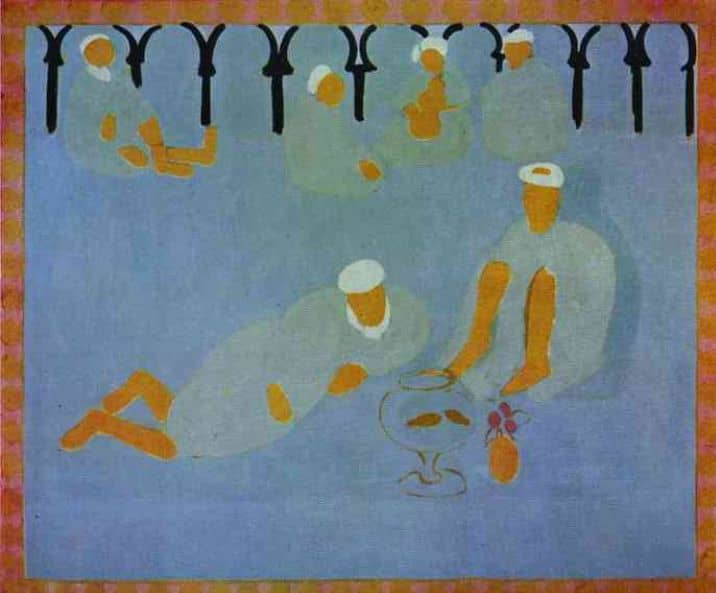I have been influenced by art, just like I have been by the street. I stopped taking a walk three years ago in Lagos. I guess I should go back. During that period I took pictures of faces. Faces I never shared. Faces that kept telling stories in my hard drive.
I took to art history after reading Teju Cole’s interview titled, “’I Was Left With My thoughts’: How Author Teju Cole Distilled the Tragedies of 2020 into Quiet Photos of His Kitchen Counter”, published in Artnet.Here
I took to art history after reading Teju Cole's interview titled, “'I Was Left With My thoughts': How Author Teju Cole Distilled the Tragedies of 2020 into Quiet Photos of His Kitchen Counter”, published in Artnet.https://www.google.com/amp/s/news.artnet.com/art-world/teju-cole-interview-1988187/amp-page
His kitchen counter grabbed my attention more. He said, “Not arranging the things on the counter was, in a sense, about increasing the difficulty of the self-assignment.”
Now, this painting comes in. It’s attached below. Coffee is related to kitchen counters. Coffee is related to modern history and brewing is an art form like taking photography and image making in a dark room.
This painting, by Henri Matisse, is currently at the Hermitage in St. Petersburg. It is one of nine he painted at his studio in Issy-les-Moulineaux after returning from Tangier, Morocco. He was thoroughly fascinated by Islamic art, its ornamental designs, and the lifestyle of the Moroccans. This painting is dated between 1911 and 1912.
You’ll see in the painting that coffee was brewed in one of the best ways, even though instant coffee had already been invented, in 1901, by Satori Kato, a Japanese American who was then living in Chicago.
What I care about the most is what was going through Matisse’s mind during this creation. I want to know more even though The Hermitage wrote that the painting is the epitome of absolute inner peace. And that when Shchukin got it from Matisse, instead of Ivan Morozov who had been promised the piece, he wrote a letter to Matisse saying, “I love the painting now more than the others and I look at it for no less than an hour at a time.”
I’ll say, the love of coffee, the coffee houses of Morocco, was another renaissance for Henri Matisse. Why? After Morocco. After coffee. After experiencing the tranquillity of the coffee houses, he got out of Fauvism, an art movement which he was part of, along with André Derain, from between 1905 to 1910.
Matisse, himself, said, “Travels in Morocco helped me to make the necessary transition and allowed me to regain a closer connection with nature, which could not be achieved with the help of an alive, but still somewhat limited theory, what Fauvism has become.”
Lastly, Alain Esaulove wrote, “In Morocco Matisse refuses sharp contrasts of Fauvism, he settles down but not in sense of loss of sharpness of feelings and ‘invitation’ of new paintings— on (the) contrary, external contrasts are replaced by depth, subtlety, sensitivity and special, Matisse grace.”
Should I take this as a way into Matisse’s head? I guess I will continue looking at the painting. The coffee and those sipping it. Read more Basically Coffee Is Good for your kidney
Follow Tigray Coffee Co. Visit our store at www.tigraycoffee.com/shop/ and let’s share the love of coffee across Africa.




No Comments